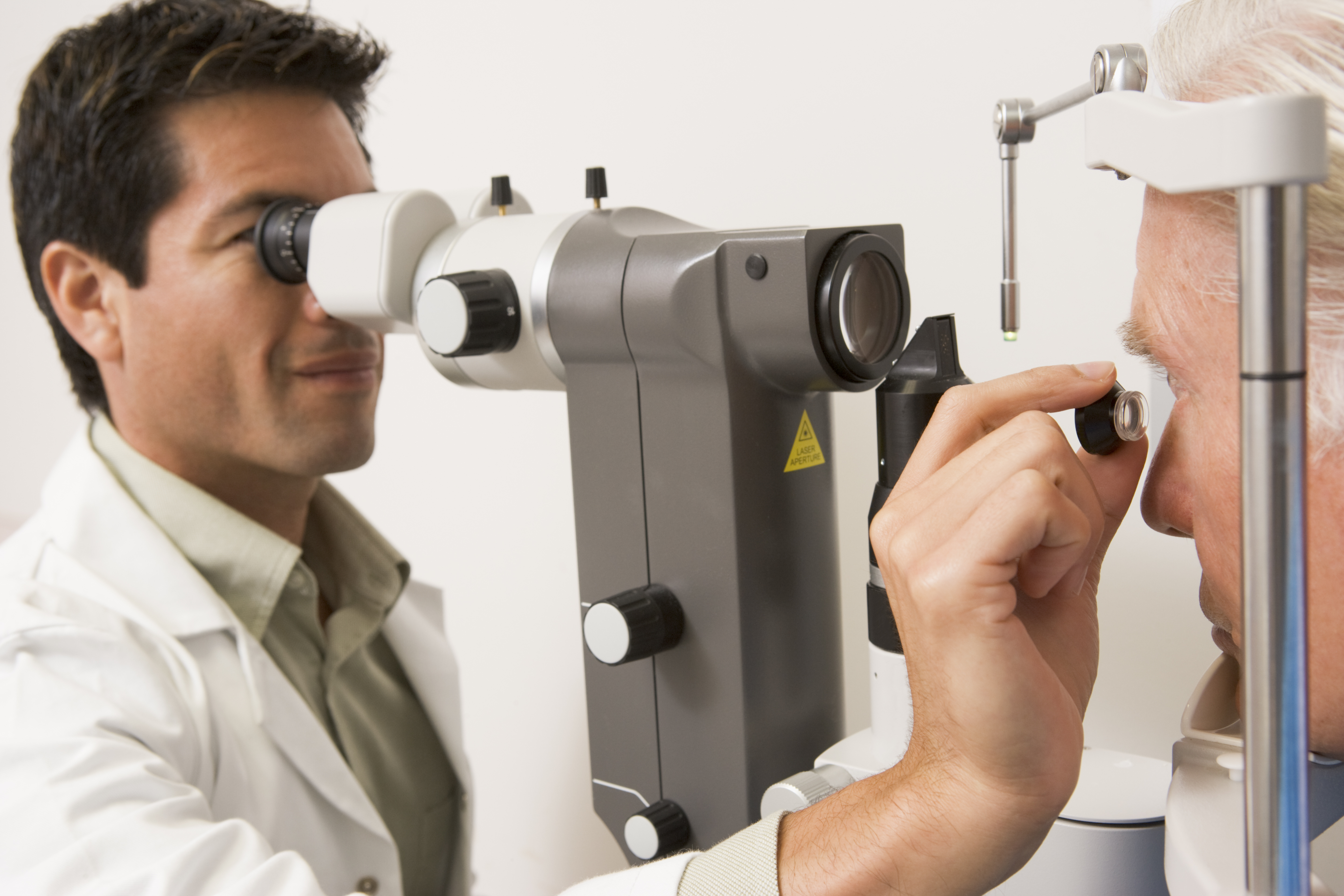What Is Glaucoma Or ‘Kala Motia’?
Glaucoma, commonly known as ‘kala motia’ in South Asia, is a group of Eye diseases that can cause permanent vision loss if left untreated. It is caused by damage to the optic nerve, which connects the eye to the brain and helps transmit visual information.
There are two main types of glaucoma: open-angle glaucoma and angle-closure glaucoma. Open-angle glaucoma is the most common type and occurs when the drainage canals in the eye become clogged over time, causing pressure to build up inside the eye. This increased pressure can damage the optic nerve and lead to vision loss. Angle-closure glaucoma, on the other hand, occurs when the iris (the colored part of the eye) blocks the drainage canals, causing sudden and severe increases in eye pressure.
Glaucoma often develops gradually and may not have any noticeable symptoms until significant vision loss has occurred. However, some people may experience symptoms such as blurred vision, halos around lights, or eye pain. Regular eye exams are essential for detecting and treating glaucoma early before irreversible damage occurs.
Risk factors for developing glaucoma include age (people over 60 are at higher risk), family history, certain medical conditions such as diabetes and high blood pressure, and long-term use of corticosteroid medications.
Treatment options for glaucoma depend on the severity of the disease and may include prescription eye drops, oral medications, laser therapy, or surgery. The goal of treatment is to lower eye pressure and prevent further damage to the optic nerve. Early detection and treatment are crucial in managing glaucoma and preserving vision.
In conclusion, glaucoma is a serious eye disease that can cause irreversible vision loss if left untreated. Regular eye exams and awareness of risk factors can help detect and manage the disease early. If you experience any changes in your vision or have concerns about your eye health, it is important to consult with an eye care professional.
Open-Angle Glaucoma
Open-angle glaucoma is a common eye condition that affects millions of people worldwide. It occurs when the pressure inside the eye (intraocular pressure) gradually increases over time, damaging the optic nerve and leading to vision loss. This type of glaucoma is called "open-angle" because the angle between the iris and cornea remains open, allowing fluid to drain out of the eye.
The exact cause of open-angle glaucoma is not yet fully understood, but it is believed to be related to genetics, age, and other factors such as high blood pressure or diabetes. The risk of developing this condition increases with age, and it is more common in people of African descent than in other ethnic groups.
Symptoms of open-angle glaucoma may not appear until late in the disease process, which is why regular eye exams are important for early detection and treatment. Some signs to watch for include blurred vision, halos around lights, difficulty adjusting to low light levels, and decreased peripheral vision.
Treatment for open-angle glaucoma typically involves lowering intraocular pressure through medications, laser surgery, or traditional surgery. Eye drops are often prescribed first to reduce the amount of fluid produced by the eye or increase its drainage. If eye drops alone do not sufficiently lower intraocular pressure, laser trabeculoplasty may be recommended. During this procedure, a laser is used to improve drainage by opening up the channels that allow fluid to leave the eye. In some cases, traditional surgery may be required to create a new drainage channel or remove part of the eye's ciliary body to decrease fluid production.
While there is no cure for open-angle glaucoma, early diagnosis and treatment can help slow its progression and preserve vision. Regular eye exams, especially for those at higher risk of developing the condition, are crucial for maintaining good eye health and preventing irreversible damage.

Angle-Closure Glaucoma

Angle-closure glaucoma is a type of glaucoma that occurs when the drainage angle between the iris and cornea becomes blocked, leading to an increase in intraocular pressure (IOP) within the eye. This increased pressure can cause damage to the optic nerve, which can lead to vision loss if left untreated.
There are two types of angle-closure glaucoma: acute and chronic. Acute angle-closure glaucoma is a medical emergency and requires immediate treatment to prevent permanent vision loss. Symptoms of acute angle-closure glaucoma include severe eye pain, headache, nausea and vomiting, blurred vision, halos around lights, and redness in the eye.
Chronic angle-closure glaucoma develops slowly over time and may not have any noticeable symptoms until significant vision loss has occurred. As a result, routine eye exams are essential for early detection and management of this condition.
Risk factors for angle-closure glaucoma include age, ethnicity (Asian populations are at higher risk), family history, farsightedness, and certain medications such as antihistamines and antidepressants.
Treatment for angle-closure glaucoma typically involves lowering IOP through the use of medication, laser therapy, or surgery. Medications such as eye drops can help reduce IOP by increasing the outflow of aqueous humor from the eye. Laser therapy, known as iridotomy, creates a small hole in the iris to allow fluid to flow more freely, reducing IOP. Surgery may be necessary in cases where other treatments are ineffective.
Prevention of angle-closure glaucoma involves regular eye exams, particularly for individuals with risk factors. It is also important to avoid medications that can increase IOP and to manage underlying conditions such as diabetes and hypertension.
In conclusion, angle-closure glaucoma is a serious eye condition that can lead to vision loss if left untreated. Early detection through routine eye exams and prompt treatment are essential for preserving vision and preventing complications. If you experience any symptoms of angle-closure glaucoma, seek medical attention immediately

